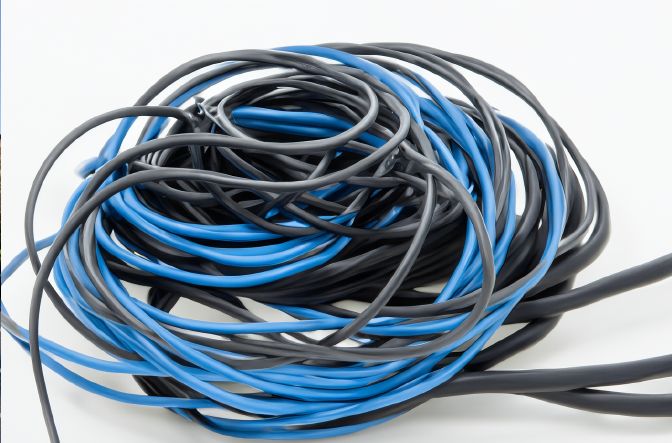How to Lose the Wires and Keep the High Definition

Wireless HD Content Transmission for SPLAY





The HDMI cable has been accepted as the standard for wired HD content transmission, but the race to find the wireless standard is just getting started. There’s no clear winner (yet) in the handful of incompatible standards out there today. We spent a lot of time researching the different wireless options to integrate into the Spontaneous Pop-Up Display. Since we never found a great summary of all of the options, we decided to create one!

Also known as UltraGig, WirelessHD was designed and optimized for wireless display connectivity. The picture quality is great since no compression is used, and there is virtually no latency, but the high 60GHz frequency transmission requires direct line of sight. WirelessHD seems to be the front-runner at this point.

WHDI, or Wireless Home Digital Interface, is a WirelessHD competitor that seems to have a bit less support in the industry. It stands out as the wireless interface with a significantly longer range that does not need line of sight (meaning it can go through walls). However, there is some concern that the 5GHz range could interfere with Wi-Fi signals in that same range.

WiGig, or Wireless Gigabit, is similar to WirelessHD in that it uses the same 60GHz range, giving it high data rates but also requiring direct line of sight. It is part of the Wi-Fi family, and as such, it is not specifically targeted at the television space. However, the high data rates and low latency would allow the transmission of uncompressed high definition content.

WiDi (Wireless Display), based on the Miracast standard, was created to allow you to mirror your phone or tablet’s display on your television. It is similar in performance to Wi-Fi solutions, but WiDi uses a direct connection to the display device which keeps the latency lower. HD content is compressed using the H.264 mpeg codec.

There are a few Wi-Fi based solutions out there, like the Apple AirPlay or Google Cast. These devices use the existing Wi-Fi network to stream HD video (H.264 mpeg compressed) to the display. Some devices, like Chromecast, can stream content directly from the internet. In other words, that Youtube video isn’t streamed from your phone to Chromecast: your phone tells Chromecast which video it should go find and play.
| Standard | Frequency | Resolution | Max Distance | Video Compression | Connection Type | Latency | Data Rate | |
|---|---|---|---|---|---|---|---|---|
| WirelessHD | - | 60GHz | 1080p, 60Hz | 10m (line of sight) | Uncompressed | Direct | < 1ms | 10-28 Gbps |
| WHDI (Wireless Home Digital Interface) | - | 5GHz | 1080p, 60Hz | 30m | Uncompressed | Direct | < 1ms | Up to 3 Gbps |
| WiGig (Wireless Gigabit) | 802.11ad | 2.4GHz, 5GHz, 60GHz | 1080p | 10m (line of sight) | Uncompressed | Wireless Access Point | < 1ms | Up to 7 Gbps |
| WiDi (Wireless Display) / Miracast | 802.11(a,b,g,n,ac) | 2.4GHz, 5GHz | 1080p | 7m | H.264 mpeg | Direct | < 150ms | Up to 600 Mbps |
| Apple AirPlay | 802.11(b,g,n,ac) | 2.4GHz, 5GHz | 720p/1080p | Range of wireless network | H.264 mpeg | Wireless Access Point | 180ms+ Dependent on network conditions | Up to 600 Mbps |
| Google Cast | 802.11(b,g,n,ac) | 2.4GHz, 5GHz | 1080p | Range of wireless network | VP8, H.264 mpeg | Wireless Access Point | 180ms+ Dependent on network conditions | Up to 600 Mbps |
As the battle for wireless dominance continues, we're sure of one thing: We're very excited to see a wireless SPLAY in action!!
For more information, check out Geoffrey Morrison's article on CNET, which gives a great description of some of these options.



